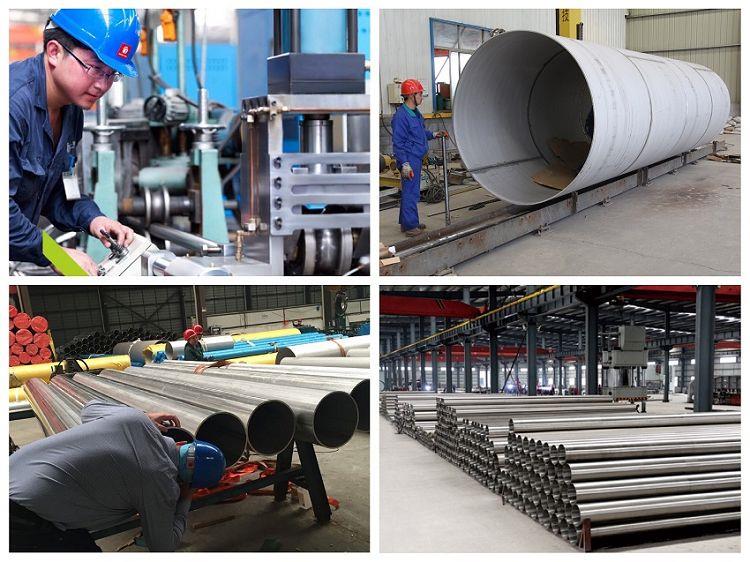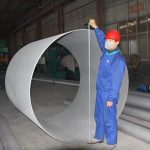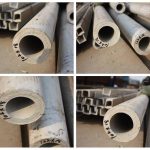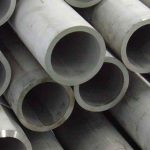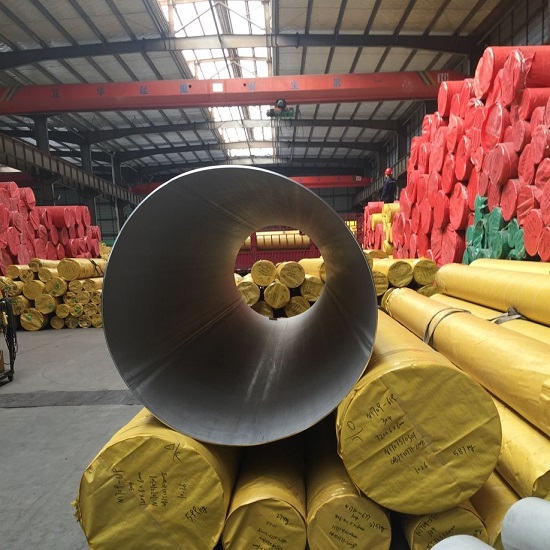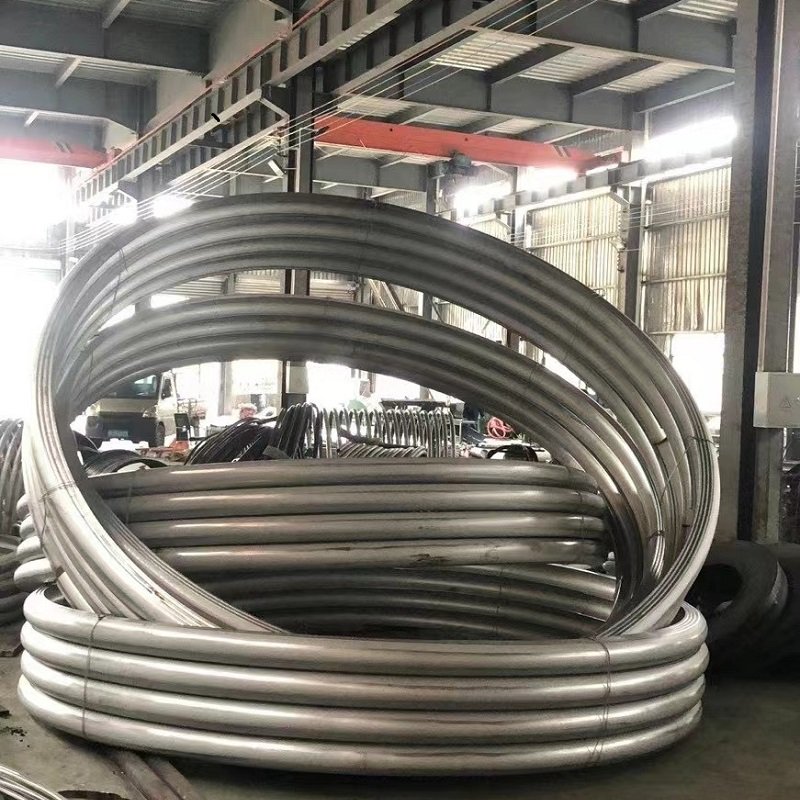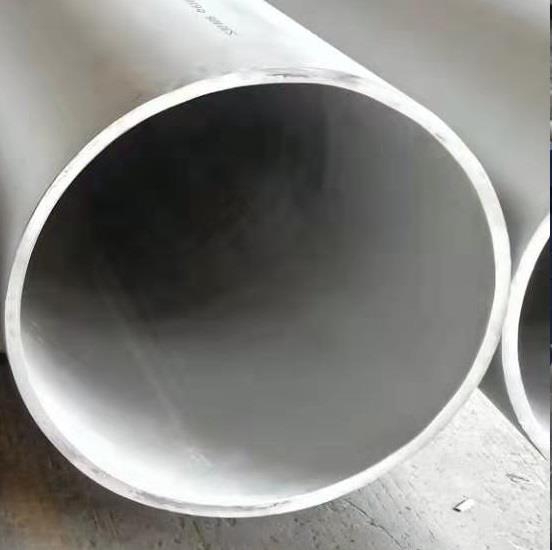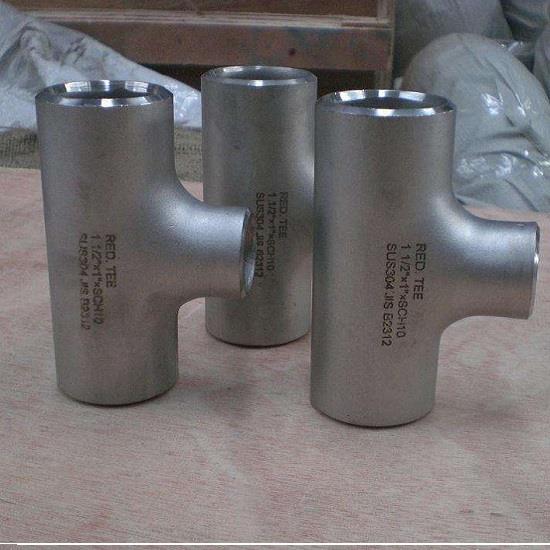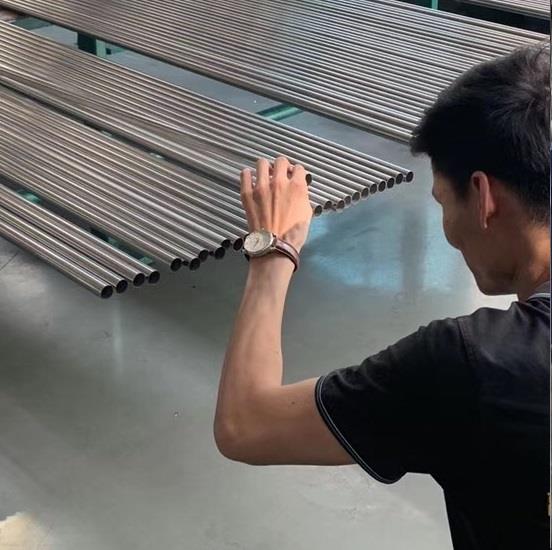Flanges may be small and often go unnoticed, but they play a critical role in keeping fluid and gas piping systems functioning smoothly. Among the various types of flanges available in the market, the stainless steel (SS) flanges stand out for their strength and durability. These fittings connect different pipes, valves, and other components to form a secure and robust network that can withstand heavy loads, high temperatures and pressures, corrosion, and other adverse conditions. The forging process used to manufacture SS flanges further enhances their properties and makes them a preferred choice for critical applications in industries like oil and gas, chemical, pharmaceutical, and food processing. In this article, we delve into the details of how SS flanges are forged and explore their unique features that make them among the most reliable and efficient fittings in the market.
1. The Unsung Heroes of the Pipeline Industry: SS Flanges
The stainless steel flanges (SS flanges) are regarded as the unsung heroes of the pipeline industry. These are specialized components that serve as connectors between pipelines, valves, pumps, and other equipment in the oil, gas, and petrochemical sectors. They are made of high-quality stainless steel alloys that offer superior durability, strength, and resistance to corrosion, pressure, and temperature changes.
One of the key advantages of SS flanges is their ability to withstand extreme conditions without leaking or failing. This is critical in the pipeline industry where any failure or malfunction can result in costly downtime, environmental damage, or even safety hazards. SS flanges come in various types, sizes, and pressure classes to suit different applications, and they can be easily welded or screwed onto the pipeline for a secure and long-lasting connection. Plus, they have a sleek and polished appearance that makes them ideal for use in aesthetic or high-end projects.
2. Connecting Pipes with Reliability and Durability
Pipes are used in a myriad of applications that require the transportation of fluids or gases. Whether in the petrochemical, water or gas industries, there is always a need to connect pipes in a reliable and durable manner. Fittings and couplings are utilized to form these connections: they offer ease of installation, flexibility, and can sustain the forces and pressures acting on the pipes.
To connect pipes with reliability and durability, there are several factors that must be considered. Material selection, size, and the type of connection must be chosen to suit the intended use of the pipeline. Steel is a popular material choice due to its strength and resistance to corrosion; however, there are alternative materials available such as copper, PVC, and polyethylene. The size of the pipes and fittings must be determined by the flow rate and pressure of the fluids or gases they will carry. A well-designed connection, such as a compression fitting, can accommodate a wide range of pipe sizes, whereas other connections may require fittings to be replaced for each change in pipe diameter. With this in mind, understanding the versatility of fittings and couplings, and how they can adapt to changes in pipe size or application, is crucial when connecting pipes.
In conclusion, when it comes to , careful consideration must be given to the selection of materials, size, and types of connections. By utilizing the appropriate fittings and couplings, one can ensure a strong, leak-free connection that will perform well even under extreme conditions. Remember, pipes are used in critical applications that require the highest levels of trust and precision, so always invest in quality fittings for your pipeline.
3. Understanding the Anatomy of SS Flanges
An SS flange, also known as a stainless steel flange, is a crucial component in piping systems. To fully comprehend the use of SS flanges, it is essential to understand the anatomy of these flanges.
Firstly, an SS flange consists of four primary parts: the backside flange, the sealing surface, the raised face, and the bore. The backside flange is the rear end of the flange and is primarily used to bolt the flange to its mating component. The sealing surface is the part of the flange that makes contact with the sealing gasket to prevent leaks. The raised face is the portion of the flange that protrudes from the sealing surface and is used to protect the sealing surface from any erosion or damage during installation. Finally, the bore is the opening in the center of the flange that allows the flow of fluid or gas.
Next, there are three primary types of SS flanges: welding neck, slip-on, and blind flanges. Welding neck flanges are primarily used in high-pressure applications and are connected to the pipeline through welding. Slip-on flanges slip over the pipeline and are useful in applications requiring easy assembly and disassembly. Blind flanges, on the other hand, are used to close off the pipeline and prevent flow. These flanges are commonly used in pressure vessels and tank openings.
is crucial in selecting and installing the right type of flange for your piping system. Whether you require a high-pressure connection or an application requiring easy assembly and disassembly, there is an SS flange for you.
4. How SS Flanges Ensure Smooth and Safe Operations of Industrial Processes
One of the essential components of industrial processes is the use of flanges. It plays a vital role in assembling pipes or connecting pipes to equipment, valves, pumps, or other piping components. SS flanges have become a popular choice for many industrial processes because it offers many advantages compared to other materials.
- Corrosion-resistant: SS flanges are highly resistant to corrosion and oxidation, making them ideal for applications in harsh environments.
- High Strength: SS flanges have exceptional strength, which makes them suitable for high-pressure and high-temperature applications.
- Easy to install: SS flanges are easy to install and can be quickly assembled or taken apart.
- Long-lasting: SS flanges have a longer lifespan compared to other materials, reducing the need for frequent replacements or repairs.
Furthermore, using SS flanges ensures smooth and safe operations of industrial processes. It minimizes the risk of leaks, improves overall system stability, and extends the life of equipment. The sturdy construction and superior quality of SS flanges inhibit any potential risk of failures or accidents.
Having smooth operations in any manufacturing process is critical in achieving optimal efficiency in manufacturing processes. The use of SS flanges ensures a safe and reliable flow of fluids and gases and maximizes the productivity of equipment and processes. SS flanges are cost-effective, durable, and offer superior qualities that provide a secure connection to piping systems, which leads to smooth and safe industrial processes.
As we conclude this journey into the world of SS flanges, we can’t help but marvel at the sheer strength and resilience they possess in forging connections. From their varied shapes and sizes to their impressive durability and versatility, SS flanges have proven to be a reliable force that binds different components of a piping system together.
Indeed, the benefits of choosing SS flanges go beyond their corrosion-resistant properties and affordability. They offer a level of safety and confidence that is essential in any industry or project where pressure and fluid control are paramount.
As manufacturers continue to improve on the designs, quality, and specifications of SS flanges, it is clear that they will remain a mainstay in the industry for years to come. And with the advent of emerging technologies and materials, the possibilities of leveraging SS flanges’ strength to overcome even more complex and diverse challenges become almost limitless.
In summary, we can say that from construction to industry and even in our daily lives, SS flanges and their unwavering strength forge connections that enable us to achieve our goals and overcome obstacles. We can count on them to keep us connected and safe, regardless of the challenges that come our way.

